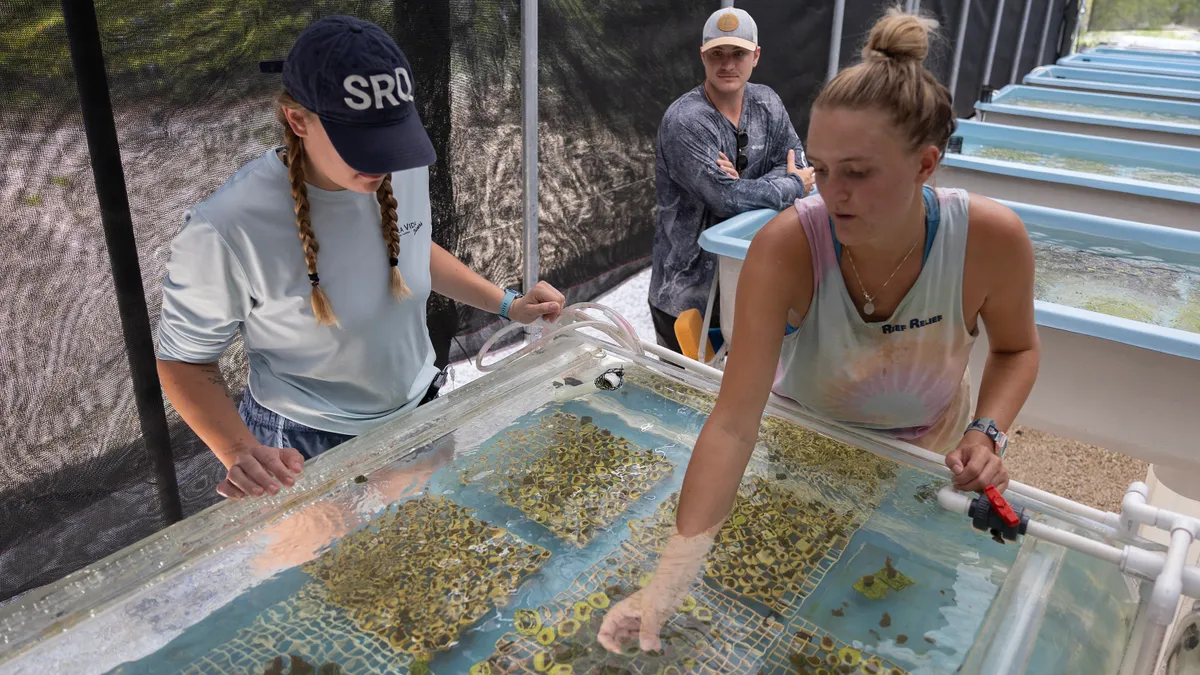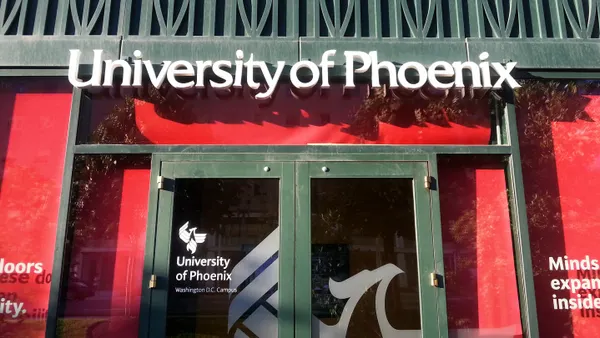When John Kinney, The Hartford's chief claims officer, recalibrated his staffing goals five years ago, he wanted his workers to represent the customer base they serve.
Hartford employs 7,000 claims employees. "These are our front-facing employees," Kinney said. "When a customer calls us there's a problem — they've experienced some type of loss. These staff members are the first face of the company."
Working closely with the human resources and learning and development departments, The Hartford created an apprenticeship program in Connecticut, the success of which has allowed the company to install several more of the programs around the country. What made it work? "It's the collaboration: the school, Claims, Learning and HR," Kinney said. "Creating an apprenticeship and bringing it to scale requires a wonderfully dialed-in team who live and breathe the program."
Apprenticeship — part school, part job, all learning
Working with community colleges, The Hartford looked to create a training program that would help it to diversify its staff. Putting together a program takes time and effort, according to Kinney. "We challenged ourselves to find unlocked genius. When you meet the folks in these programs, you find there's a lot of horsepower out there," he said. "Can you harness it and take a chance on people who wouldn't have had this option to succeed?"
The Hartford worked closely with the school to develop the right curriculum. "It's a mix of classroom time and on-the-job training," Kinney said. The curriculum focuses on data analytics and emphasizes communication. "The program is robust, and we augment what's not available in the classroom with an on-the-job approach," Kinney said.
The apprentices are assigned mentors — an important aspect of the program, he added. Applicants' first-year mentors will be someone similar to themselves; the mentor may have recently gone through training or have familiarity with the program at its early stages. "They need that extra help in the beginning," Kinney said, recalling his own experience as a young professional. "I didn't know your belt color had to match your shoes — someone had to tell me. Mentors help with things like that, too." In their second year, applicants are assigned new mentors who come from higher levels to provide more career coaching.
To join the program, individuals must be enrolled at a participating college and have time for onsite training while taking classes. The apprentices spend a portion of their week at school and another portion at work. They're paid for the hours they log at work with full benefits beginning day one. Apprentices must maintain at least a 3.0 grade point average once accepted; school comes first, Kinney said. Once they graduate the two-year program with an associate's degree, they become full-time Hartford staff members, paid the same rate as a four-year degreed new hire. "It speaks volumes that the first class of apprentices are on equal footing with any four-year program graduate they've hired," Kinney noted.
From there, participants are offered tuition reimbursement to pursue a Bachelor's, Masters or law degree. They're also able to move within the company. There are so many more roles in insurance people aren't aware of, Kinney said, including underwriting, actuarial and HR positions: "If they have an interest, we'll support them in their journey."
To attract program participants, the school posts notifications while career counselors and teachers identify students who would fit the program, Kinney said. Today, 63% of Kinney's staff are women and the company is seeing more people of color join their roles."We're seeing some candidates who are the first person in their family to attend college and who will be the first in their family on path to a white collar career," he said. "We're seeing older workers who are retooling their careers entirely. It's a really great mix."
A participant's point of view
Malik Simmons graduated the program in March of this year and works for The Hartford full-time. When Simmons enrolled at Capital Community College, he hoped to take management classes, he told HR Dive in an interview. His uncle, who works at the school, recommended he look into the apprenticeship program. Simmons didn't know anything about insurance, he said, and wasn't too familiar with apprentice programming. The timing for him, with the program starting at Capital, was perfect. Simmons asked around, heard positive reviews of The Hartford as a place to work and later applied.
"It was a roller coaster, balancing working about 20 hours a week and being a full-time student," Simmons said. "We have to keep our grades up, too." Simmons even carried extra courses in the summer and fall to graduate sooner. He said he felt the benefits of the program: "I can't express everything that's come my way. There are lots of mentors and coaching, they help me see my career path and growth and room to improve." There are many helping him think through his career and where it will take him. "For now, I'm going to stay in claims and see where that takes me, but maybe in the future, I'll move into adjustments," he said.
With his Associate's degree in place, Simmons plans to take advantage of Hartford's tuition reimbursement to continue his educational path. Today, he's working full-time — student loan free — and can continue to learn and improve. "It would be a big mistake not to take advantage of that opportunity," Simmons said.
Simmons has been recommending his friends to consider completing the program and going into the insurance industry, he said. "It's not something I knew much about, but there's so much room to grow," he said. "And if you go through the program you have that degree, it's a great way to start on your career, even if you're not sure of your path."




















